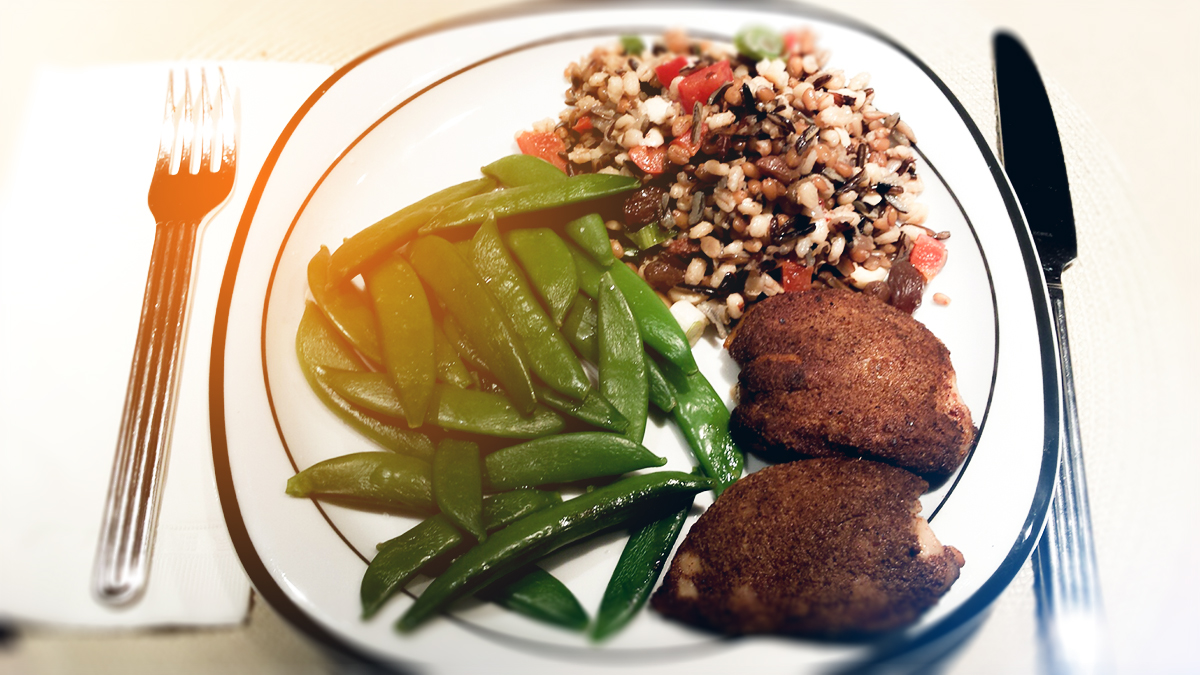Trying to eat healthy can be confusing for some Canadians, but what tweaks do they need to make if they’re putting their heart health first?

Diet and lifestyle are major factors in keeping away heart disease or even treating it, according to Carol Dombrow, a registered dietitian with the Heart and Stroke Foundation. She’s been with the national organization championing heart health for the past 29 years.
“Eating heart healthy is not difficult but it does involve putting some effort into meal planning and preparation. Eating heart healthy does require you to prepare meals at home using whole, minimally processed foods. Controlling portion sizes to help control your weight is also very important,” she explained.
READ MORE: Here’s what a top Canadian registered dietitian eats in a day
Focus on fresh whole foods, vegetables and fruit, whole grains, lower fat dairy products and lean meats, she said.
- Shoppers faces proposed class action over claims company is ‘abusive’ to pharmacists
- Most Canadian youth visit dentists, but lack of insurance a barrier
- ‘Bacterial vampirism’: Deadly pathogens attracted to human blood, study finds
- Landmark smoking ban that would phase out sales passes U.K. parliament
The long-time heart health veteran shares what a day of meals looks like for her:
For breakfast and lunch, I definitely have my favourites.
Breakfast is almost always two per cent Greek yogurt, fresh fruit and muesli sprinkled on top. The yogurt provides protein and some fat which really helps with the satiety (fullness) value. I get lots of fibre from the fruit and muesli as well as lots of nutrients.
Lunch is usually cheese and whole grain crackers and half a plate of veggies and fruit. It’s simple but lots of good nutrition. I use a reduced fat cheese for protein along with all the other good nutrients from cheese – calcium, vitamins A, D and B12, riboflavin and more. Crackers have whole grains and vegetables and fruit provide lots of vitamins and minerals as well as fibre.
One challenge for people at risk for heart disease or who have heart disease is eating in restaurants. They typically serve food that’s high in sodium, fat, salt and calories with large serving sizes. Eating out should be reserved only for special occasions.
Snacks during the day are roasted almonds and fruit. Eating a quarter of a cup of nuts about four times a week can help reduce coronary heart disease risk by an amazing 37 per cent. Almonds supply protein, calcium, fibre and vitamin C. It’s definitely my go-to snack. A serving is a quarter of a cup.
I use few highly processed foods. We know they’re a major source of saturated fat. They are also high in calories, sodium, free sugars and contain no or little nutritional value.
Dinner varies but it is always a home-cooked meal. This night we had baked chicken thighs, snap beans and a mixed grain side dish. The next night we will have a green salad, cold chicken thighs and a mixed grains salad as well. We will have fruit and a homemade cookie for dessert.
Most days there is only my husband and I for meals. I am very lucky because we love leftovers. I enjoy cooking but try to keep it simple during the week. I usually cook enough for two days of dinners at a time and just change it slightly for the second night.
Other priorities are to have two servings of fish, especially fatty fish like salmon or trout each week and to include a few vegetarian meals containing beans, lentils or legumes each week.
carmen.chai@globalnews.ca
Follow @Carmen_Chai












Comments